Dual-Targeting, Allogeneic CARs Are Options to ‘Keep Myeloma on its Toes’
By Thomas Martin, MD, Sagar Lonial, MD, FACP, Shambavi Richard, MD, Peter Voorhees, MD - Last Updated: May 5, 2023A roundtable discussion, moderated by Thomas Martin, MD, of the UCSF Helen Diller Family Comprehensive Cancer Center, focused on CAR T-cell therapy considerations in the treatment of multiple myeloma, including data on approved CAR-T options and a look at the pipeline. Dr. Martin was joined by a panel that included Sagar Lonial, MD, FACP; Peter Voorhees, MD; and Shambavi Richard, MD.
In the next segment of the roundtable series, Drs. Lonial and Martin discuss allogeneic, off-the-shelf CAR-T data and the potential use for myeloma treatment.
—
Dr. Martin: We also have the direction where we’re going with chimeric antigen receptor (CAR) T cells of moving into the allogeneic CAR T cells. Trying to take donor T cells, and there might be some advantage to that. Dr. Lonial, what do you think about the allogeneic CAR T-cell portfolio at the current time?
Dr. Lonial: Yeah, it’s an interesting idea given that potentially one of the many reasons why CARs may be less effective is the quality and the quantity of effective T cells in a patient with refractory myeloma. That is the starting product, if you will, of what you’re going to ultimately make into a CAR T cell. Certainly, in myeloma and in B-cell malignancies, it has been demonstrated that the poorer quality of the product results in a less effective product and that can shorten progression-free survival (PFS) and potentially response rate. It was natural to think about allogeneic CAR T cells, off-the-shelf CAR T cells if you will, as an alternative source. Recently, we saw published data from the UNIVERSAL trial that looked at an allogeneic off-the-shelf CAR T cell, and similar to what all of you have demonstrated with the autologous CAR T cells, very high overall response rate and toxicity profile, not dissimilar to what we’re seeing with autologous CAR T cells as well.
I think that this is an effective strategy. From my perspective, the one remaining question is the allogeneic CAR T cell half-life is remarkably shorter than the autologous CAR T cell half-life, which is already, I think, too short to really give us a plateau on a curve. Unless you’re able to give multiple doses over a short period of time, I’m not convinced that the allogeneic CAR T cell is going to be the answer, given that short half-life process. But maybe it’s a bridge to something that might have a more sustained long-term durable response.
I think building on the idea of drug resistance and mechanisms of treatment failure, the idea of using a single target, we know that myeloma cells are smart and if you beat them over the head with one drug, they become resistant to that and then think about other ways to develop and proliferate. One of the things that has been reported by Adam Cohen, MD, as well as in combination with Madhav Dhodapkar, MD, when they look at some of the earlier Penn experience, is that once you treat a patient with a BCMA-directed CAR, the remaining cells either are BCMA low or begin to lose expression of BCMA.
We don’t know whether that’s a transient effect once you pull away the BCMA-directed therapy. Does expression come right back up? We’ll certainly see that probably in the context of the T-cell engagers, but certainly with a CAR, that might be an issue. Targeting with another antigen, whether it’s CD19 as trying to go after the myeloma stem cell, CD38 as a second target, SLAMF7 as another one has been postulated, many groups are thinking about using GPRC5D as a second target as well as FcRH5. We have lots of options to try and keep myeloma on its toes, if you will, so that you can hit it with one and then come to a second immune target and dual targeting or giving two populations of CARs that target different antigens, may be an alternative way to do this.
Certainly, preliminarily from China, we’ve seen some very encouraging data on a dual-targeting CAR T cell; there’s some early data in phase I from the United States as well. But I think the devil is in the details. We’ve all talked about high response rates, that to me is not the right endpoint anymore. It really is all about PFS. If the PFS is the same, then I think we got to go back to the drawing board.
Dr. Martin: Completely agree. I was at a conference recently with our lymphoma colleagues, and I told them that we have plateau envy because in their CAR T-cell therapy they have a plateau and patients are cured, where we don’t have the plateau at the current time. They told me that they have response envy and my answer to them was, well, it’s better to have response envy than it is to have plateau envy, just like you just said.
—

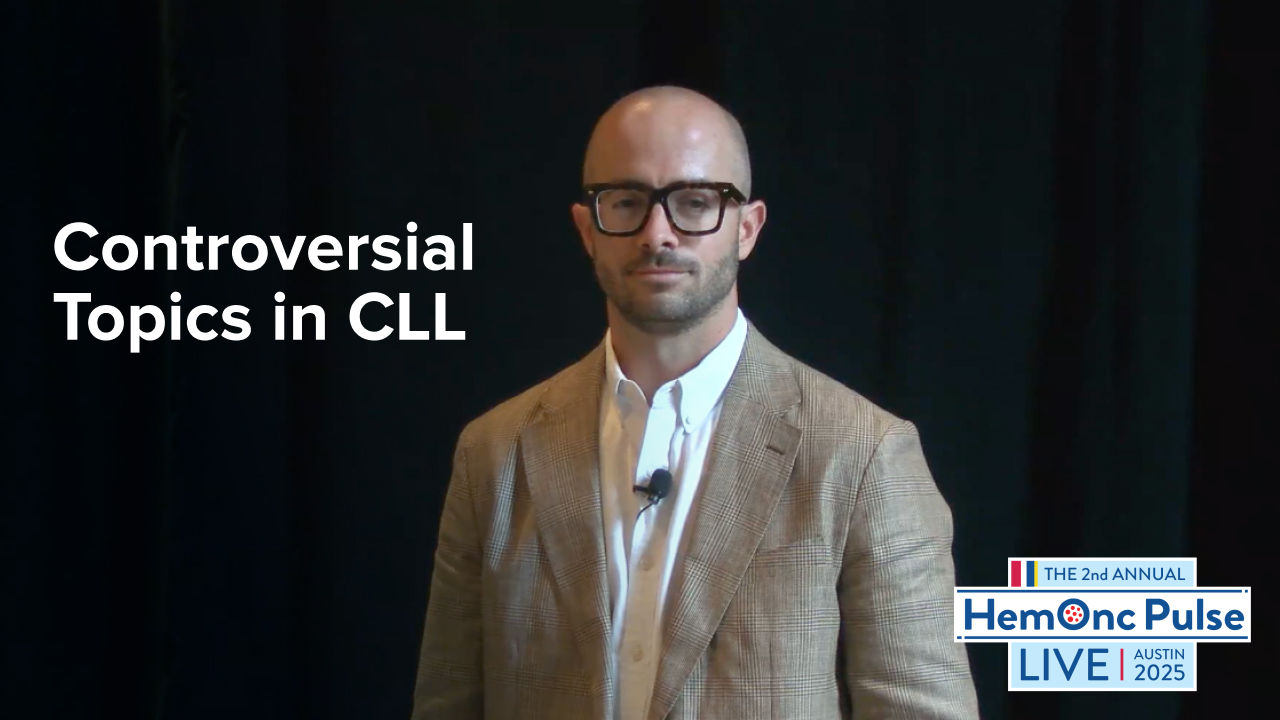
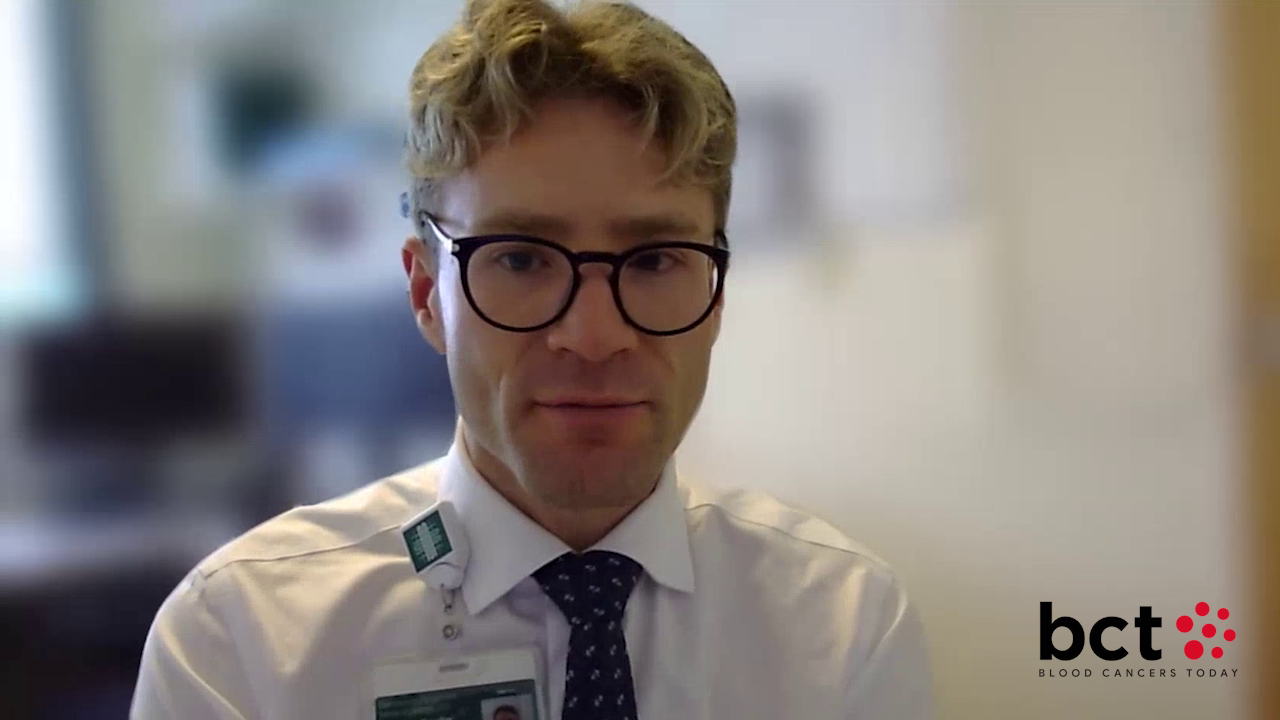
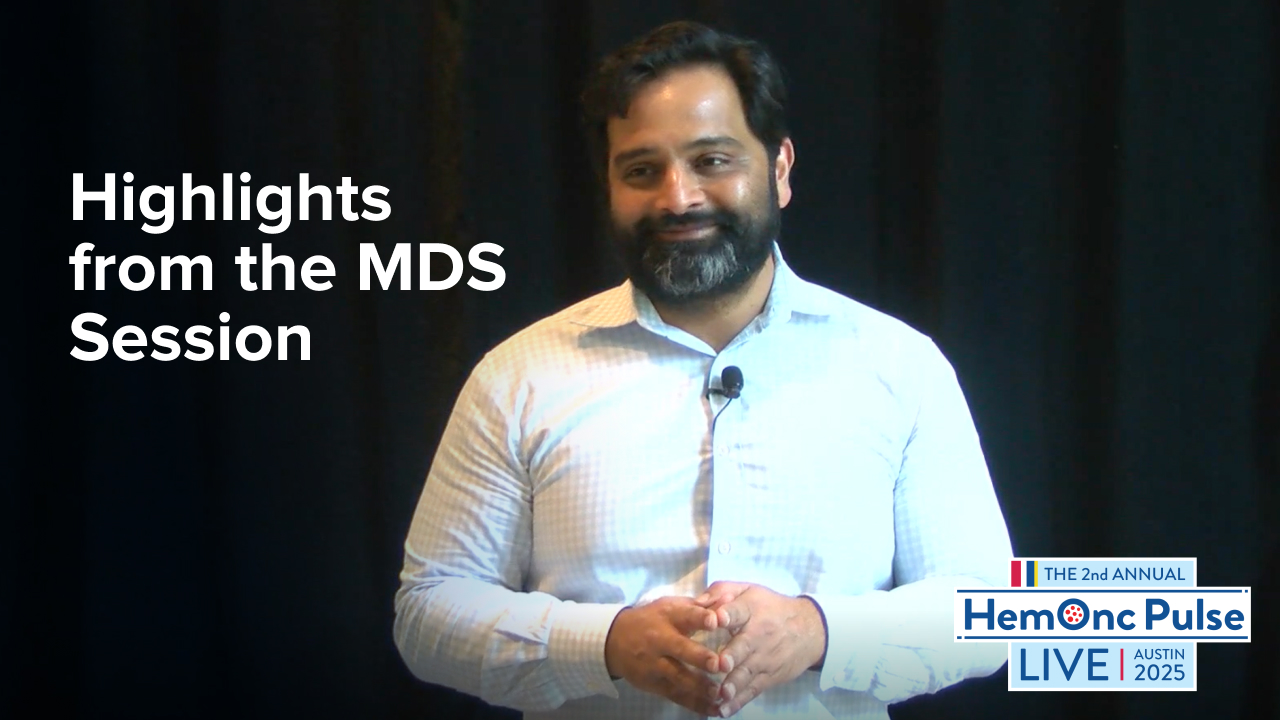
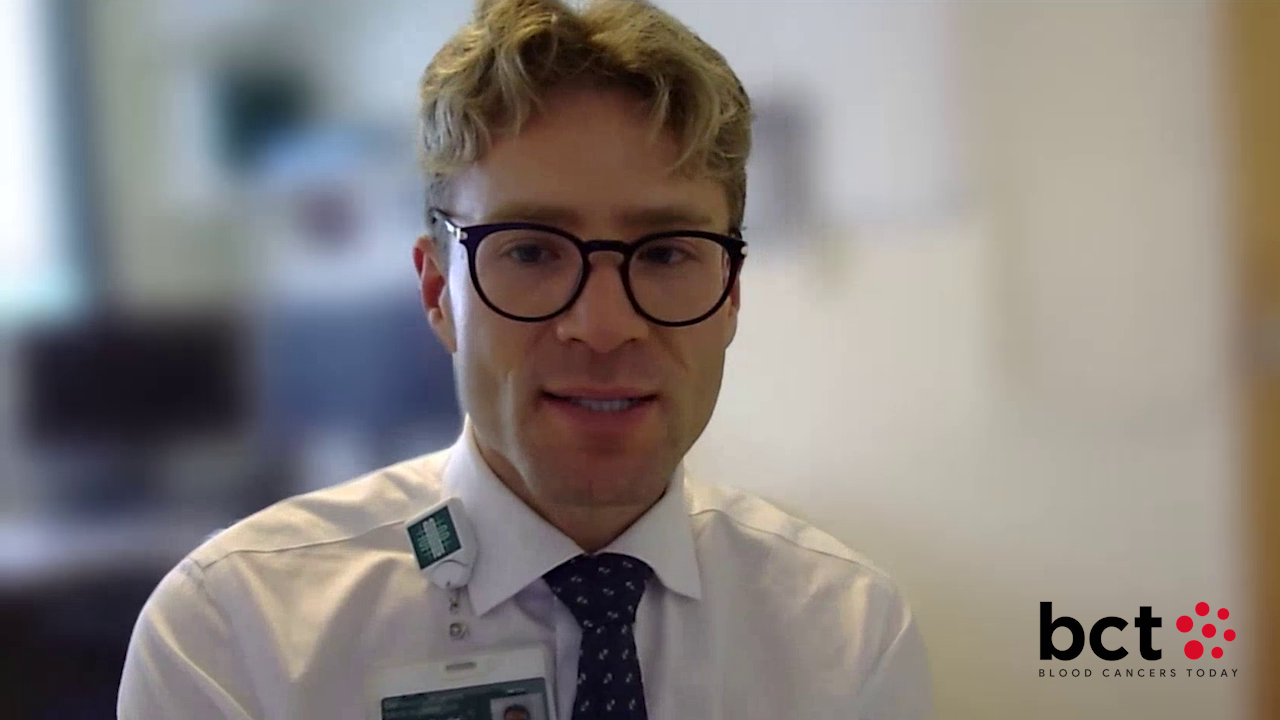
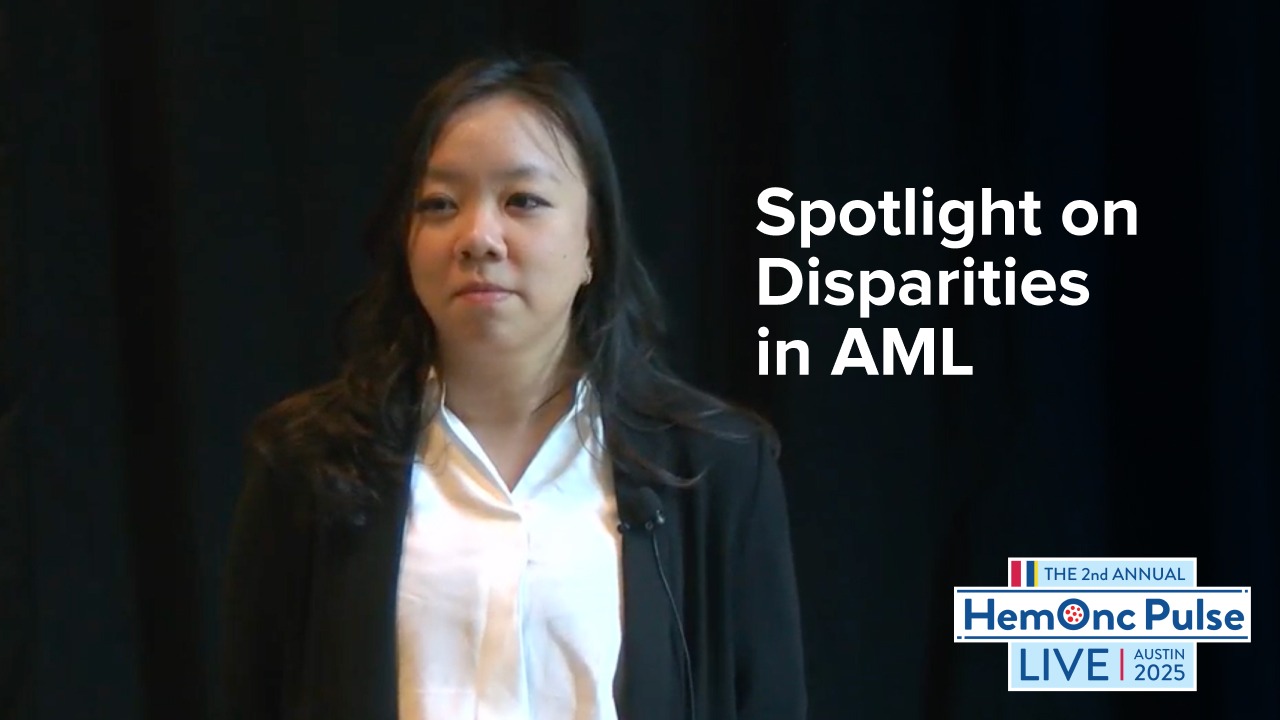
 © 2025 Mashup Media, LLC, a Formedics Property. All Rights Reserved.
© 2025 Mashup Media, LLC, a Formedics Property. All Rights Reserved.